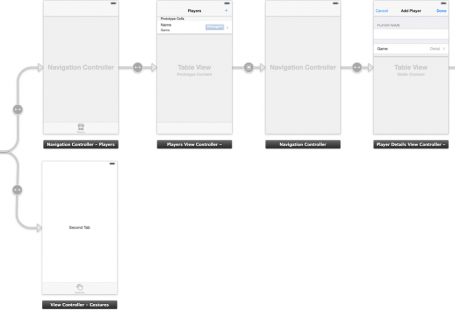The Science Table plays a crucial role within guiding scientific research, shaping policy decisions, and fostering collaboration between scientists, policymakers, and stakeholders. As stewards of scientific knowledge and expertise, Science Boards tend to be tasked with communicating elaborate scientific concepts, facilitating dialogue among diverse stakeholders, and also ensuring that scientific research aligns with the needs and things of society. By using best practices for effective conversation and stakeholder engagement, Research Boards can enhance visibility, build trust, and instill productive relationships with stakeholders, ultimately advancing the targets of scientific research in addition to promoting evidence-based decision-making.
On the list of key best practices for Technology Boards is to prioritize obvious and transparent communication having stakeholders. Effective communication begins with clearly articulating typically the mission, goals, and focal points of the Science Board, making sure that stakeholders understand the purpose in addition to significance of the Board’s function. By providing regular updates, advance reports, and opportunities for feedback, Science Boards are able to keep stakeholders informed and carried out the decision-making process, fostering a sense of ownership and reputation among stakeholders.
Moreover, Scientific research Boards should strive to talk scientific information in a manner that is available and understandable to diversified audiences. This may involve translation complex scientific concepts in lay language, using image aids and multimedia powerpoint presentations to convey information, and dressmaker communication strategies to the specific desires and preferences of different stakeholder groups. By making scientific data more accessible and relatable, Research Boards can empower stakeholders to make informed decisions and participate meaningfully in the medical process.
Furthermore, effective stakeholder engagement is essential for making sure Science Boards reflect typically the perspectives, interests, and beliefs of diverse stakeholder communities. Stakeholder engagement strategies can sometimes include convening advisory committees, internet hosting public forums and village hall meetings, and taking input through surveys and online platforms. By definitely seeking input from stakeholders and incorporating their responses into decision-making processes, Research Boards can ensure that medical research is responsive to the needs and also concerns of the communities it serves.
In addition to engaging along with external stakeholders, Science Snowboards should also foster collaboration as well as communication among internal stakeholders, including scientists, policymakers, in addition to funding agencies. Effective venture requires establishing clear programs of communication, setting shared goals and objectives, and promoting the culture of openness, confidence, and mutual respect. By simply fostering interdisciplinary collaboration and knowledge sharing, Science Panels can harness navigate to this website the connection expertise and resources regarding diverse stakeholders to address complicated scientific challenges and achieve common goals.
Moreover, Scientific research Boards should prioritize practical engagement with policymakers as well as government agencies to ensure that scientific study informs policy decisions as well as contributes to evidence-based policymaking. This can involve providing briefings, accounts, and technical assistance to policymakers, participating in policy forums and working groups, and in favor of for policies that help support scientific research and invention. By building relationships with policymakers and serving as reliable advisors on scientific issues, Science Boards can help passage the gap between scientific disciplines and policy and advertise the use of scientific evidence inside decision-making processes.
Furthermore, Scientific research Boards should leverage digital camera and online platforms to enhance communication and engagement together with stakeholders in an increasingly a digital world. This may involve making interactive websites, social media programs, and online forums just where stakeholders can access info, participate in discussions, and provide opinions on scientific research as well as policy initiatives. By enjoying digital communication tools as well as technologies, Science Boards can certainly reach a broader target audience, facilitate meaningful dialogue, in addition to promote transparency and responsibility in the scientific process.
To conclude, effective communication and stakeholder engagement are essential for the good results of Science Boards in guiding scientific research along with shaping policy decisions. By means of implementing best practices for interaction and engagement, Science Panels can enhance transparency, develop trust, and foster cooperation among diverse stakeholders. By simply prioritizing clear and attainable communication, fostering meaningful diamond with stakeholders, and using digital communication tools and technologies, Science Boards could fulfill their mission involving advancing scientific knowledge, selling evidence-based decision-making, and addressing societal challenges.


